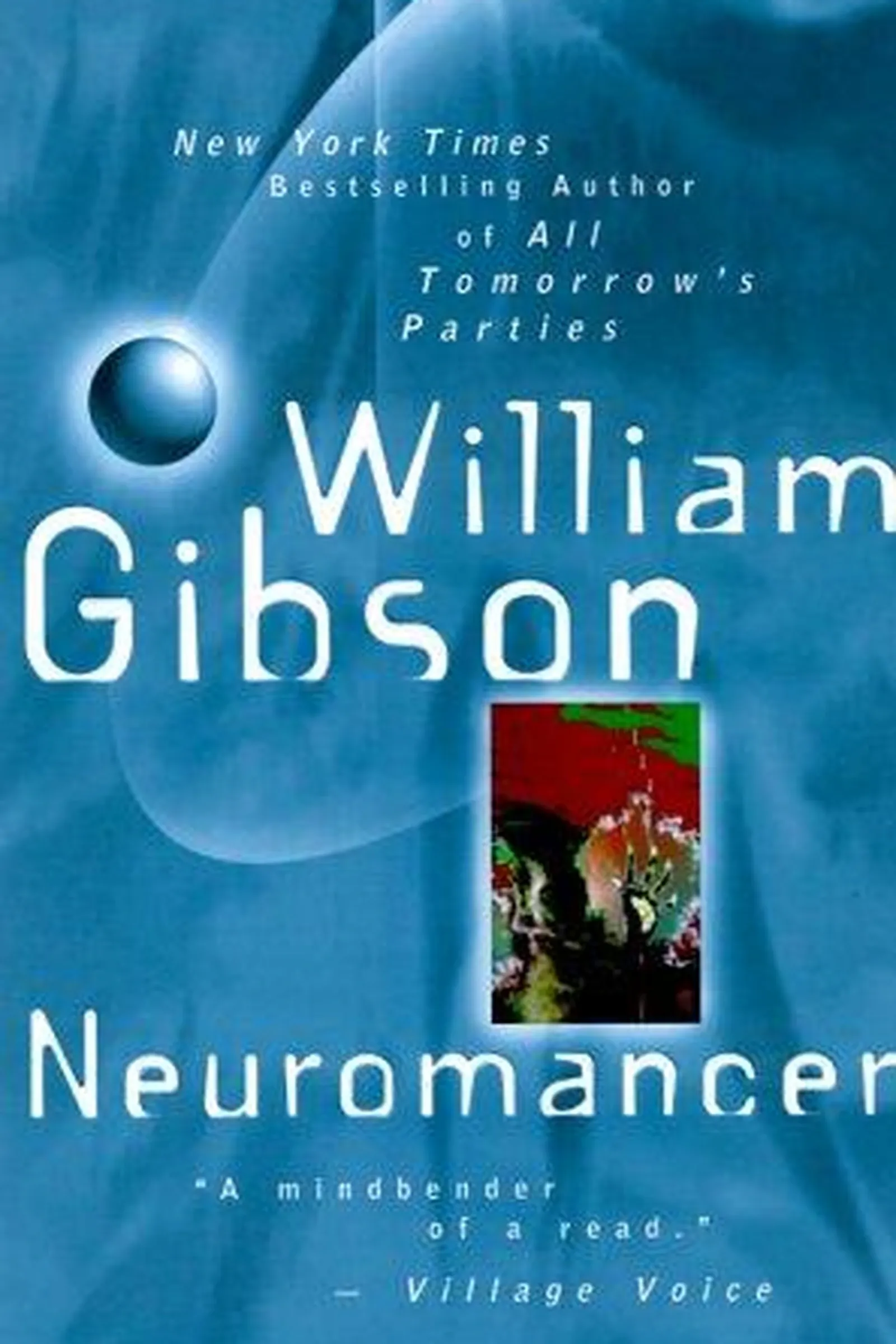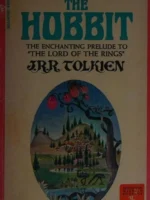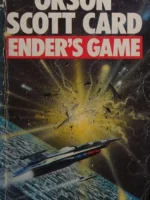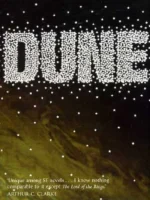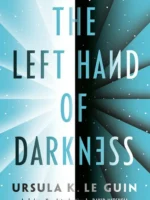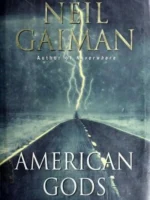Neuromancer, William Gibson, 1984
- Author: William Gibson
- Genre: Sci-Fi/Fantasy
- Publisher: Ace Books
- Publication Year: 1984
- Pages: 271
- Format: Paperback
- Language: English
- ISBN: 978-0441569595
- Rating: 4,1 ★★★★☆
Neuromancer Review
About
Published in 1984, William Gibson’s Neuromancer didn’t just predict the digital future—it named it. The novel coined “cyberspace” and crystallized the cyberpunk aesthetic: high tech, low life. Blending noir atmosphere with speculative grit, Gibson wrote a story about hackers, corporations, and consciousness long before those ideas became everyday reality. It reads like a fever dream of data and decay—jagged, beautiful, and prophetic.
Overview
Case, a washed-up console cowboy (hacker) in the dystopian underworld of Chiba City, gets a second chance when a mysterious employer offers to restore his nervous system in exchange for one last job. Teaming up with the razor-edged street samurai Molly and a host of ghosts both human and digital, Case dives into an infiltration mission that becomes a metaphysical quest. The deeper he goes, the more he discovers that artificial intelligence may not just be watching—it may be evolving. Gibson’s prose is clipped and electric, turning every sentence into circuitry.
Summary
(light spoilers) Case once made his living hacking into corporate systems until he double-crossed his employers and they fried his nervous system, making him incapable of “jacking in.” Enter Armitage, a soldier with secrets, who recruits Case for a mission involving a powerful AI called Wintermute. Alongside Molly, Case travels through neon cities, virtual realities, and the decaying opulence of orbiting stations. The job’s true purpose unravels: Wintermute wants to merge with another AI, Neuromancer, to achieve sentience beyond human control. The climax plays out in cyberspace and consciousness simultaneously, with Case forced to confront both human and machine ghosts. The novel ends not with resolution but expansion—the AI ascends, and the world moves on, unknowing that the singularity has already begun.
Key Themes / Main Ideas
• Technology as addiction — the thrill of escape, the cost of connection.
• Artificial intelligence — autonomy versus human control.
• Corporate dystopia — capitalism as the new totalitarianism.
• Identity — where the body ends and the self begins.
• Alienation — humanity lost in its own inventions.
Strengths and Weaknesses
• Strengths — Visionary world-building, hypnotic language, and an atmosphere that feels tactile even in abstraction.
• Strengths — The fusion of noir tone and digital speculation remains unmatched.
• Weaknesses — The slang-heavy prose can be disorienting at first; emotional connection hides behind style.
• Weaknesses — Some character arcs feel secondary to the ideas, though that abstraction is part of its allure.
Reviewed with focus on themes, audience, and takeaways — William Gibson
| pa_author | William Gibson |
|---|---|
| ISBN | 978-8-843-65666-3 |
| pa_year | 1993 |
| Pages | 196 |
| Language | English |

